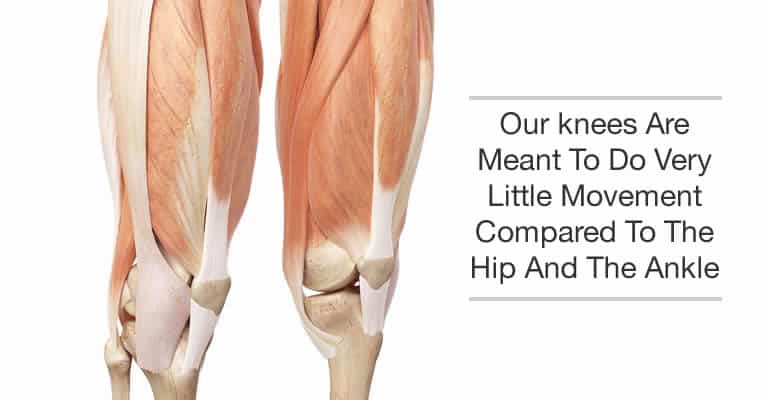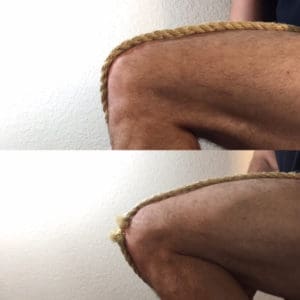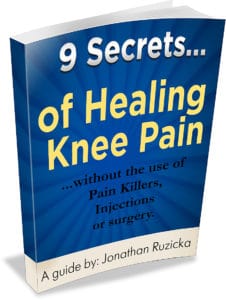
This problem spans across the world but here in the US, it comes down to a simple principle. If we can avoid this one simple little thing, then it will take pressure off our knees and allow us to heal from the rigors of daily use and movement.
I recently had a patient that came in with knee pain on both sides and she told me that this problem of “bad knees” runs in her family. The truth is that everyone in her family might have knee pain but in just a few sessions she was pain free!! Now, in this case was it the “knees” that were the problem that ran in the family or was it the movement that caused excessive stress on the knees that was the “villain” here causing all the pain over the years?
Our knees are meant to do very little movement compared to the hip and the ankle.
It is a joint that should mostly move forward and backward but soooo many people that we know deal with “bad knees” and are unable to stay active, they are unable to run or hike and sometimes even climb stairs. I’ve had clients that say they can’t do walking exercise with their friends or even walk through the mall at leisure because of the significant pain in their knees. At no point, should something as simple as walking around be a problem due to knee pain and we should all set our standards straight, that it’s not “OK” and it’s not something you should just have to deal with.
Just as I said earlier, the knee itself is a simple joint and if we can keep it moving forward and backward (avoiding side to side movement) then there is a simple explanation for the mass amounts of pain and if we start adjusting our movements to the suggestions here will have a significant effect on your Quality of Life.
To get a little nerdy about the anatomy around the knee we’ve got to think about the muscles that cross the knee, specifically the quad muscles, which are a large group of 4 muscles that all come together and attach at the knee joint. The muscles themselves attach at the top of the knee cap BUT the knee cap is anchored down on the bottom by the patella tendon. So, let’s say you use your quad muscles often, more than we should (like most of us do!!!!) then there will be consistent pressure on the knee joint through-out the day. That consistent pressure makes it very difficult for our knees to get a break long enough to exchange fluids and heal.

The best way to think about this portion of the knee is like a rope that crosses the ledge of a cliff. We have all seen the suspenseful part of a movie where someone is climbing up a rope and the rope starts to get frayed, thinner and thinner until it ultimately breaks! That is how our muscles cross the knee, the quad attaches to the knee cap then the knee cap attaches the patella tendon to the lower leg so the amount of irritation that happens at the knee joint is dependent on how sharp the angle of the knee is when we bend it.
If you look at the photo (left), you can see that when we consistently make a sharp angle out of our knees then we allow pressure to build up over time that causes that tendon to get frayed. If we try to avoid that sharp angle when we bend our knees then our tendons would be much healthier, shown here by the full width of a clean rope.
The further we keep our knees behind the toes when we squat or bend down then the less pressure we have on that part of the knee. If we keep from putting too much pressure on the knee for longer periods of time, then we allow the knee to get more time for healing.
If you have any questions about this concept, please reach out to me and if you want more solid information, then download the guide right here to get concise information from a specialist in knee rehab. You CAN feel better AND move better NOW. Just get started;).
Get active and stay mobile!

Jonathan
Dr. Jonathan Ruzicka is a Manual Therapist whose experience as a private therapist for professional athletes drove him to further his education attaining unparalleled skills in tissue mobility work, performance based rehab, injury prevention, myofacial release and joint mobilization to optimize human performance.
- Physical Therapy for Oak Ridge North Residents Near The Woodlands - November 7, 2025
- 5 Lower Back Pain Stretches to Ease Your Discomfort - August 23, 2024
- How to Avoid Foot and Ankle Pain and Stay Active! - July 26, 2024


